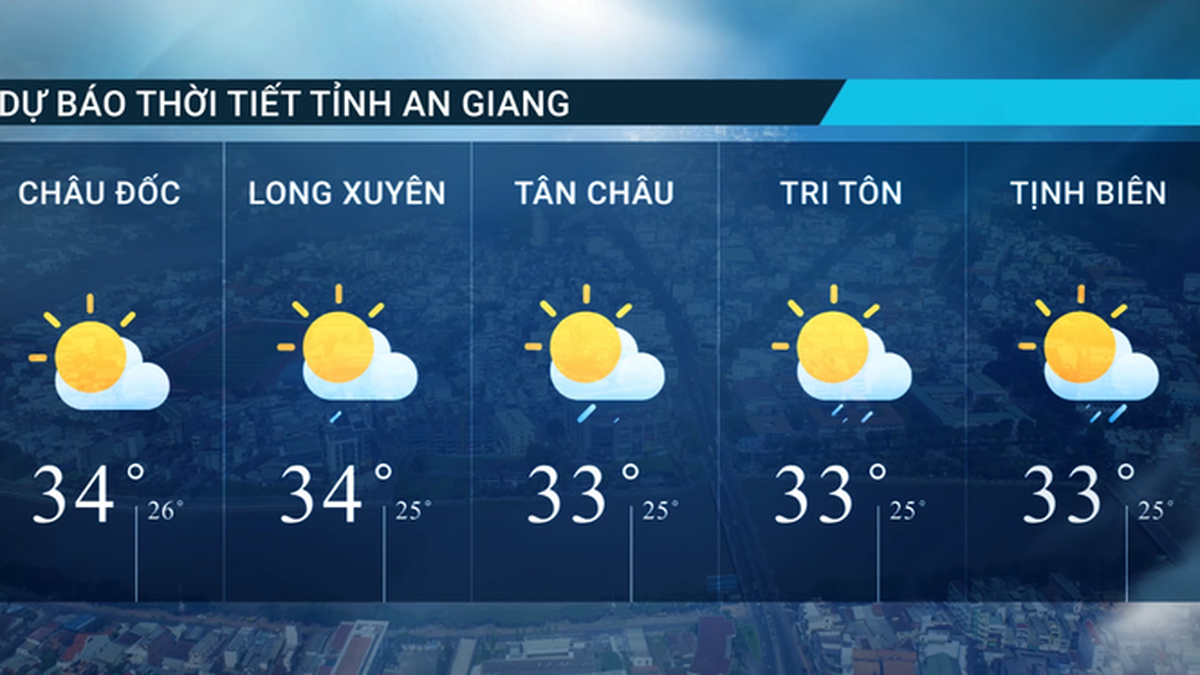World coffee prices increased sharply across the market, with robusta increasing by nearly 200 USD/ton to a record high, helping coffee on the New York floor recover.
Concerns about global coffee supply due to congestion of shipping routes through the Red Sea, preventing goods from Vietnam, Indonesia, Uganda and India from reaching European countries for consumption, continue to have a strong impact on the market. The escalation in the region has caused shipping lines to decide not to use this route but to go through the Cape of Good Hope, leading to longer transit times of 8-21 days, while freight rates to Europe and the US have also increased by 4-5 times. In addition, other additional charges are also contributing to the sharp increase in commodity prices.
While speculators took advantage of the situation to buy and sell, causing robusta prices to increase sharply in the last session, buyers are currently facing many difficulties in finding new orders due to high transportation costs, which have increased commodity prices and buyers are not accepting the new prices.
Weather conditions are also not in the market’s favor, with unseasonal rains threatening the Indian coffee industry. Excessive rainfall in Karmataka and Kerala could delay harvests and impact yields.
London stockpiles have hit rock bottom and continue to decline. Robusta coffee stocks on the London exchange as of Friday, January 12, fell by 1,290 tonnes, or 3.75%, compared to a week earlier, to 33,110 tonnes (about 551,833 bags, 60 kg bags). This is a record low for many years, contributing to the strong increase in London coffee futures prices.
 |
| Domestic coffee prices on January 16 increased by 800 - 900 VND/kg in some key purchasing localities. |
At the end of the trading session on January 16, the price of robusta coffee on the ICE Futures Europe London exchange increased again, the delivery term in March 2024 increased by 143 USD, trading at 3,170 USD/ton. The delivery term in May 2024 increased by 142 USD, trading at 3,004 USD/ton. Trading volume was low.
Arabica coffee prices on the ICE Futures US New York exchange remained unchanged at last week's closing price, with March 2024 delivery down 4.05 cents, trading at 180.00 cents/lb. Meanwhile, May 2024 delivery fell 3.65 cents, trading at 177.35 cents/lb. Average trading volume.
Domestic coffee prices closed on January 16 up 800 - 900 VND/kg in some key purchasing localities.
Unit: VND/kg. (Source: Giacaphe.com) |
According to Bloomberg, the price of robusta coffee in Vietnam has increased to a record level in recent days. On January 16, localities were purchasing coffee at a price of VND70,600 - 71,300/kg.
According to the latest report of the Import-Export Department ( Ministry of Industry and Trade ), in 2024, there will be many conflicting information affecting global coffee prices. In the first quarter of 2024, Robusta and Arabica coffee prices will remain high due to concerns about supply shortages and the lowest inventory in the past 12 years.
In the latest report of the US Department of Agriculture (USDA), the estimated world robusta coffee inventory in the 2023/2024 crop year is 26.5 million bags (60kg), down 16.7% compared to the previous report and down 4% compared to the estimate for the 2022/2023 crop year.
However, the increase in world coffee prices will slow down or turn down in the second half of 2024.
In the latest report of the International Coffee Organization (ICO), global coffee output in the 2023/2024 crop year is forecast to increase by 5.8% compared to the 2022/2023 crop year, to 178 million bags (60 kg/bag), of which Arabica output increases by 8.7% to 102.2 million bags and Robusta increases by 2.2% to 75.8 million bags.
Production in Brazil continues to recover from the impact of frost in July 2021, but adverse weather conditions will negatively impact the outlook for the 2023/24 coffee crop.
El Nino is expected to dampen supply prospects in Asia, particularly in Indonesia. The ICO also forecasts world coffee consumption to rise by 2.2% to 177 million bags in 2023/24.
Of this, demand from non-producing countries is expected to grow by around 2.1%. The ICO noted that the current outlook for world coffee consumption in 2023/2024 is based on the assumption that the global economy will continue to grow at above 3% and that the market will respond positively to the sharp decline in inventories.
Thus, after two consecutive deficit crop years, the coffee supply-demand balance in the 2023/2024 crop year is expected to have a surplus of about 1 million bags.
Source

































































































Comment (0)